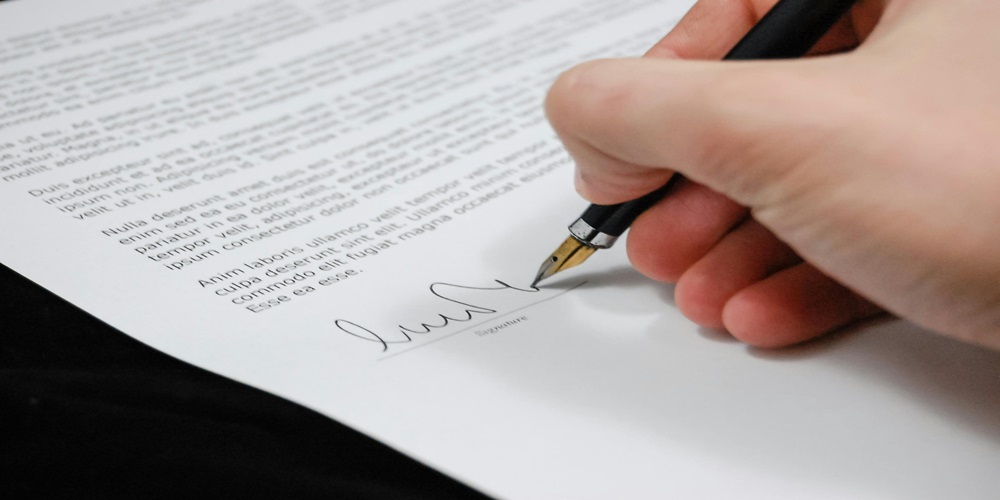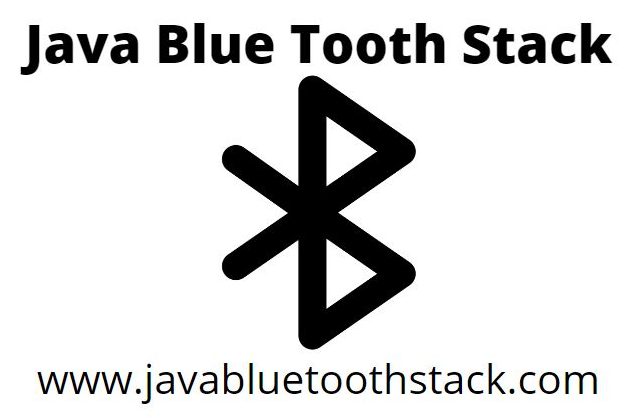The retainer agreement is like a map that lawyers and clients follow as they move through legal issues. In other words, it’s an agreement that defines the terms of the partnership. These agreements have the following critical points. Get an expert legal defence to help you understand this agreement.

Services to be Provided
When you and your lawyer shake hands on legal work, the retainer agreement spells out what the lawyer will do for you. It’s like a menu of legal services. It is clear whether it’s solving a dispute, drafting documents, or giving advice.
If you need legal documents drafted, the agreement would outline this service. Think of it as a contract within a contract. Your lawyer commits to providing certain services, and you commit to paying for those specific services. This clarity helps both parties understand the scope of the legal work involved.
Duration of Contract
Think of the duration as the time limit on a case. The retainer agreement determines how long the lawyer will be on your team. This time can vary – short for simple matters, longer for complex ones.
The duration might be shorter for straightforward matters. In some intricate cases, it may require a more extended commitment. If, for example, you’re dealing with a quick contract review, the agreement might cover a brief period.
On the other hand, if your case involves a lengthy court battle, the agreement could span a more extended time frame. So, the duration clause is like setting the timer, ensuring that you and your lawyer are on the same page regarding the time commitment needed to resolve legal issues.
Attorney Per-Hour Rate
Now, let’s talk money. The lawyer’s per-hour rate is like the price tag on their legal services. You pay for the time spent every hour they work on your case. It’s essential to understand it and avoid surprises. Think of it as learning the price before grabbing items at the store.
Billable Costs to the Client
Besides the hourly rate, there are other costs. These can be like extra charges on a bill – think of it as paying for toppings on a pizza. It includes things like filing fees or travel expenses. The retainer agreement is like the receipt that tells you exactly what you’re paying for.
Payment Schedule
Money matters can be tricky, so the retainer agreement helps by setting up a payment plan. There might be an upfront fee called a retainer. It’s like a down payment showing you’re serious. The rest could be in chunks or at the end. Think of it as agreeing on how to pay for the adventure before you set sail.
Conclusion
In the legal world, clarity is critical. The retainer agreement is the instrument that defines everything between you and your lawyer. It’s not just paperwork but the roadmap that both parties share. Therefore, the next time you engaging a lawyer to join your legal team, remember that a good contract is like a firm handshake, which helps set the tone for a smooth legal process.


